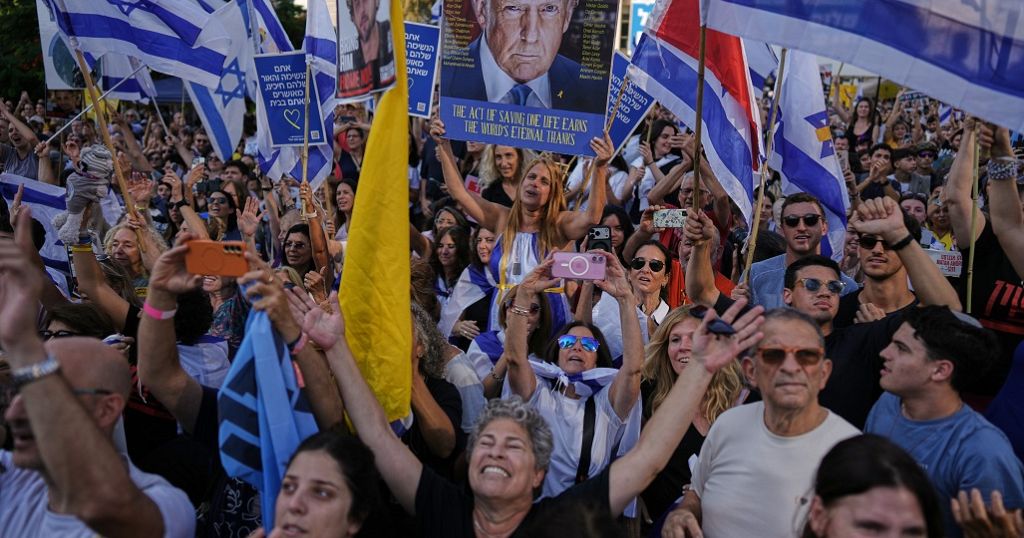In a significant development, Hamas has released seven hostages to the International Committee of the Red Cross, marking the first tangible outcome of a newly implemented ceasefire. This move has sparked emotional celebrations in Israel and raised hopes for a broader de-escalation of the conflict. The release is part of a carefully negotiated exchange, with Israel set to release hundreds of Palestinian prisoners in return.
The handover has brought relief to many Israelis, who have been waiting for the return of the 20 living hostages and the remains of their deceased citizens. The event was witnessed by the public in Tel Aviv’s “Hostages Square,” where large screens were set up to display the return of the first group of captives from Gaza. The prisoner swap represents a major diplomatic breakthrough in the conflict, offering a critical step towards a potential conclusion to the deadliest cycle of violence between Israel and Hamas in history.
Beyond the human exchange, the ceasefire deal promises urgent humanitarian relief for the Gaza Strip. A significant influx of aid is expected for the territory, which has been ravaged by famine and displacement. Hundreds of thousands of residents have been forced to leave their homes and face a severe shortage of basic necessities. The assistance is seen as critical to alleviating the growing humanitarian crisis in the region.
Despite the hopeful developments, major questions remain unanswered. The long-term future of Hamas’s governance in Gaza and the political and security structure of the territory are still fiercely contested. While the exchange of hostages and prisoners is a crucial advancement, it marks a fragile pause rather than a guaranteed end to the underlying conflict. The situation remains uncertain, with the potential for further violence and instability.
The release of the hostages and the upcoming prisoner swap are significant steps towards resolving the conflict. However, a lasting solution will require addressing the underlying issues and finding a sustainable solution to the political and security challenges in the region. The international community will be watching closely as the situation develops, with many hoping for a peaceful and lasting resolution to the conflict. The ceasefire and prisoner exchange have created a window of opportunity for further negotiations and diplomacy, which will be crucial in determining the future of the region.
